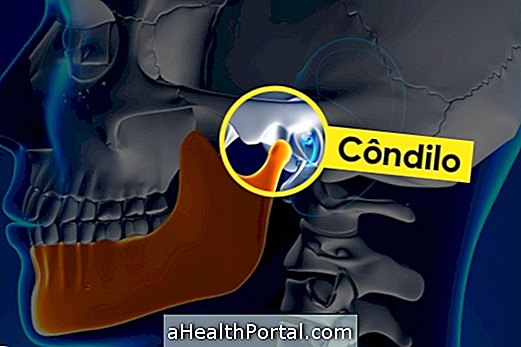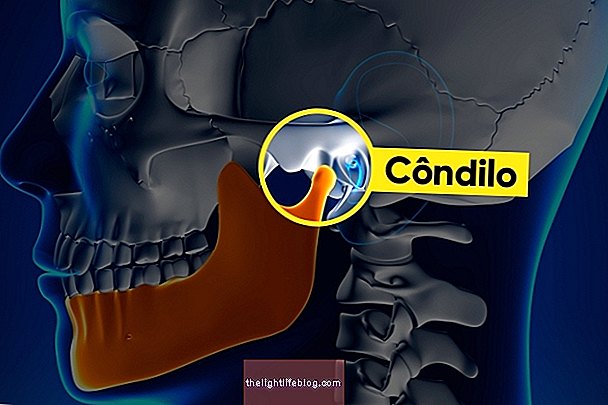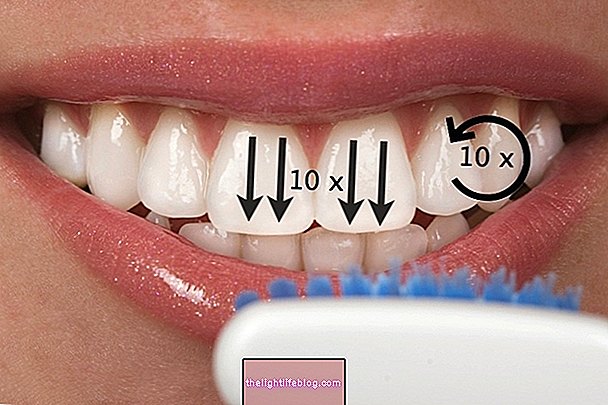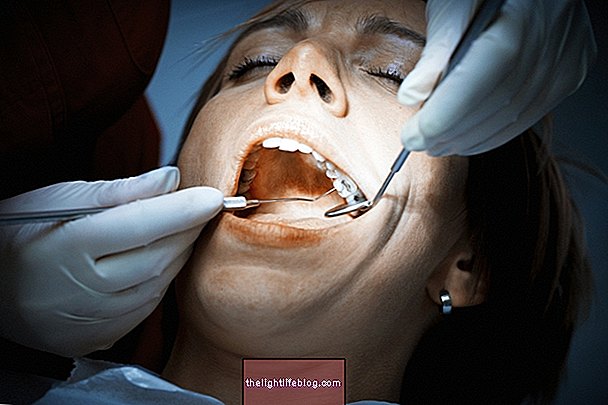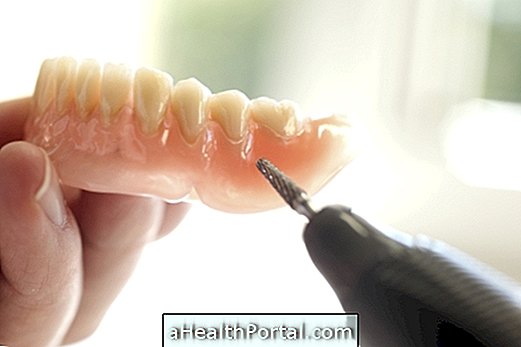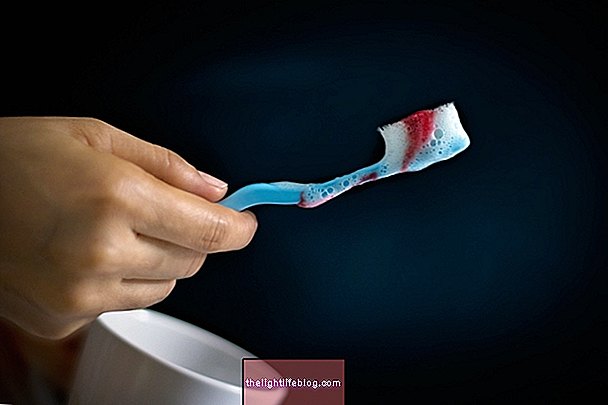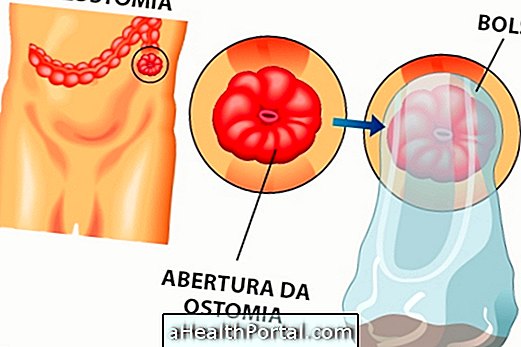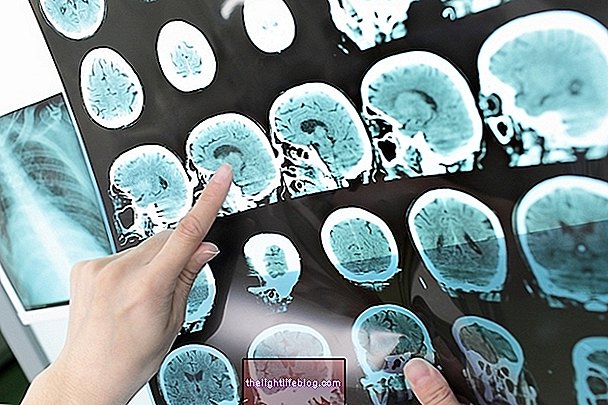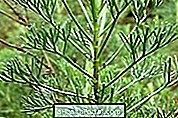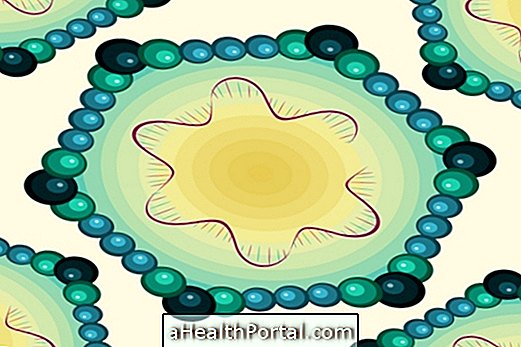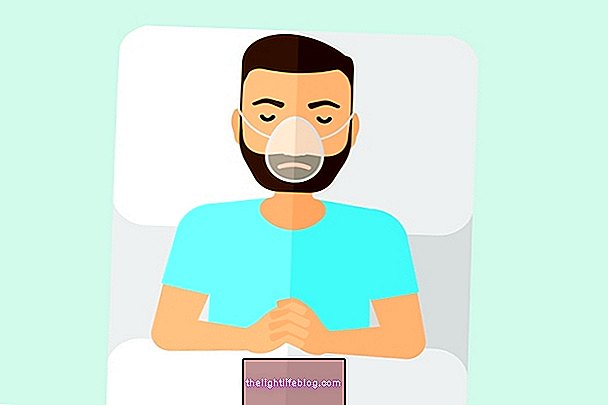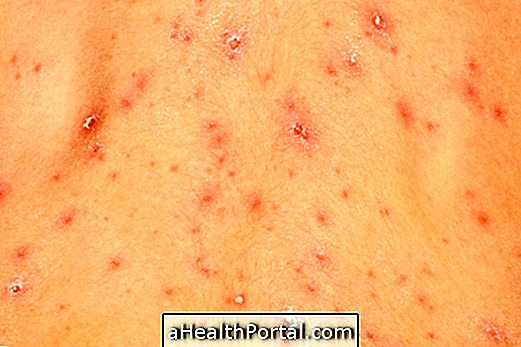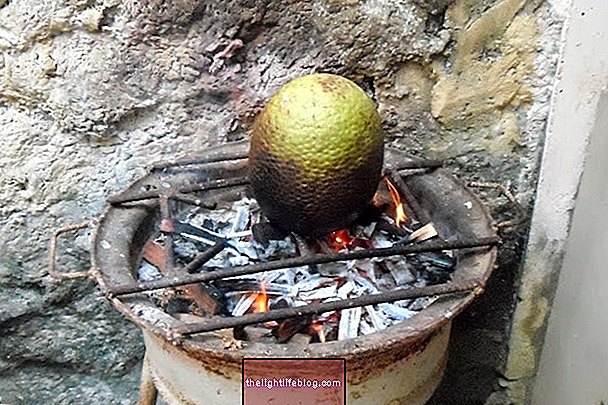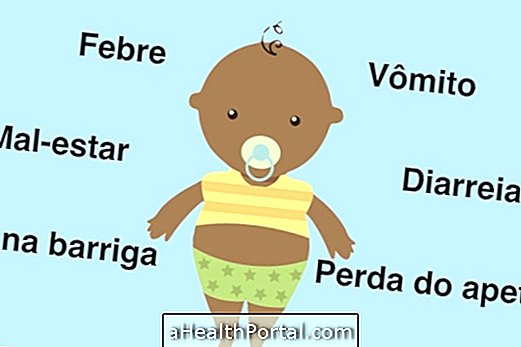Lichen planus in the mouth, also known as oral lichen planus, is a chronic inflammation of the inner lining of the mouth that causes very painful white or reddish lesions to appear, similar to thrush.
Since this change in the mouth is caused by the person's own immune system, it cannot be transmitted, and there is no risk of contamination through kissing or sharing cutlery, for example.
Lichen planus in the mouth has no cure, but symptoms can be relieved and controlled with the proper treatment, which is usually done with special toothpaste or corticosteroids.

Main symptoms
The most common symptoms of lichen planus in the mouth include:
- Whitish stains in the mouth;
- Swollen, red and painful stains;
- Open sores in the mouth, similar to thrush;
- Burning sensation in the mouth;
- Excessive sensitivity to hot, acidic or spicy food;
- Inflammation of the gums;
- Difficulty speaking, chewing or swallowing.
Spots of oral lichen planus are more common on the inside of the cheeks, on the tongue, on the roof of the mouth and on the gums.
When stains appear in the mouth and there are suspicions of lichen planus, it is advisable to consult a dermatologist or dentist to assess the possibility of another problem, such as oral candidiasis, for example, and to start the appropriate treatment. See more what is oral candidiasis and how to treat it.
Possible causes
The true cause of lichen planus in the mouth is not yet known, however, the latest research indicates that it may be a problem caused by the person's own immune system, which begins to produce defense cells to attack the cells that are part of the lining. from the mouth.
However, in some people, it is possible that lichen planus is also caused by the use of some medications, blows to the mouth, infections or allergies, for example. See more about other causes of mouth sores.
How the treatment is done
Treatment is done only to relieve symptoms and prevent the appearance of spots in the mouth, so in cases where lichen planus does not cause any discomfort, it may not be necessary to do any type of treatment.
When necessary, treatment may include the use of:
- Toothpaste without sodium lauryl sulfate: it is a substance that can cause mouth irritation;
- Chamomile gel: helps to relieve mouth irritation and can be applied daily to the affected areas;
- Corticosteroid remedies, such as triamcinolone: can be used in the form of a pill, gel or rinse and quickly relieves symptoms. However, it should only be used during seizures to avoid side effects from corticosteroids;
- Immunosuppressive remedies, such as Tacrolimus or Pimecrolimus: decrease the action of the immune system, relieving symptoms and avoiding blemishes.
During treatment, it is also very important to maintain adequate oral hygiene and make regular visits to the doctor, especially for tests that help identify early signs of cancer, since people with lichen planus sores in their mouth are more likely to develop oral cancer. .
Was this information helpful?
Yes No
Your opinion is important! Write here how we can improve our text:
Any questions? Click here to be answered.
Email in which you want to receive a reply:
Check the confirmation email we sent you.
Your name:
Reason for visit:
--- Choose your reason --- DiseaseLive betterHelp another personGain knowledge
Are you a health professional?
NoMedicalPharmaceuticalsNurseNutritionistBiomedicalPhysiotherapistBeauticianOther
Bibliography
- SOUSA, Fernando A.C.G .; ROSA, Luiz E. B. Oral lichen planus: clinical and histopathological considerations. Rev Bras Otorrinolaringol. Vol.74, n.2. 284-292, 2008
- WERNECK, Juliana T et al. Challenges in distinguishing lesions from Oral Lichen Planus and Lichenoid Reaction. Rev. Bras. Odontol. Vol.73, n.3. 247-252, 2016
- NICO, Marcello M.S. et al. Oral lichen planus. An Bras Dermatol. Vol.86. n.4. 633-643, 2011
